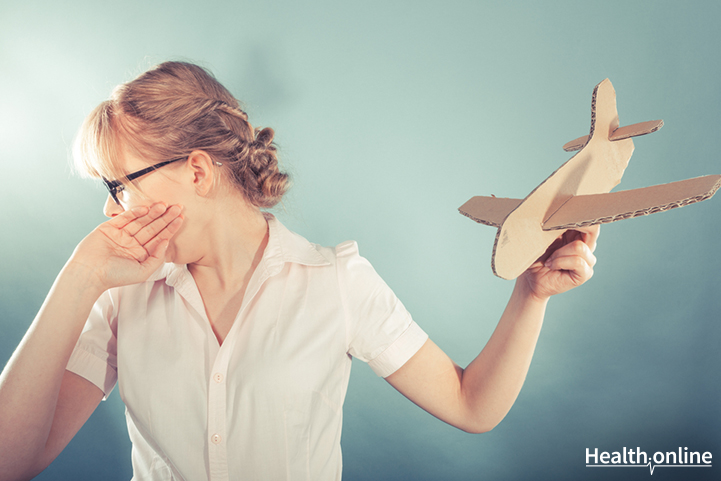
Aerophobia The Fear of Flying
Fear of flying is termed as aerophobia. But in actuality, aerophobia’s definition is more extensive than simply a ‘fear of flying’. So, what is aerophobia exactly?
Aerophobia is not just confined to fear of airplane travel. It can refer to fear of flying in helicopters or parachutes and can also be due to fear of air drafts or fresh air. Additionally, people can also suffer from Aerophobia due to rabies infection.
Cause
Fear of flying can arise from experiencing a traumatic event, be it direct or indirect, related to flying. A child who has been through an experience involving an airplane accident can become fearful of flying again. People can develop it while watching related news about crashing of airplanes or hearing someone else’s account of it.
Those who have fear of heights (acrophobia), crowded places (claustrophobia) or social situations (social phobia) often develop a fear of flying as well. Moreover, those who experience panic attacks in public places or have a fear of it ( agoraphobia ) can also develop a fear of flying.
Aerophobia can also occur as a result of hereditary factors or certain medical conditions such as severe ear ailments or sinus problems .
Symptoms
Anxiety in some form is an aerophobia symptom. People with this phobia can experience panic attacks, confusion, acute discomfort and even anger before or during a flight.
Nausea, vomiting, diarrhea , rapid heartbeats, dizziness, fainting spells, clamminess, excessive sweating and shaking all contribute to the symptoms of fear of flying. Sometimes, just thinking about air travel can cause anxiety and physical symptoms in some people.
Recommended Read: Risk Factors for Anxiety Disorders
Dealing with Aerophobia
If your fear of flying has begun to interfere with your life, then it is time to seek treatment or see a therapist regarding the problem. If you have been experiencing symptoms of aerophobia for more than six months, you can consider it a medical problem and seeking treatment for it can be a good idea.
Cognitive behavioral therapy (CBT) is one solution that can help a person deal with this phobia by talking about it, understanding the problem and reducing the fear in a positive manner. CBT is helpful in instilling happy and positive thoughts about an experience or an event.
Another solution is exposure therapy, which involves exposing people with phobias to the fearful situations through visualization, and then helping them become comfortable with the concerned situations. Breathing and relaxation exercises are used during the therapy and it might also include techniques such as virtual reality or flight travel stimulations.
Then there are individual treatments that can include therapies for other concurrent phobias that can occur with or cause a fear of flying. So, if a person has aerophobia due to his fear of heights or crowds then this can be tackled during CBT or exposure therapy. For this reason, it is also necessary that you seek medical help for proper diagnosis of your phobias. It will help your therapist devise the right treatment plan for you.
Depending on your individual needs, a psychiatrist or a therapist can also recommend anxiety management techniques /classes for you. Management of anxieties can provide relief in many fearful situations including severe phobia. A person with aerophobia can also practice anxiety management at home by relaxing the mind through happy and pleasurable activities such as listening to music, practicing yoga and reading.
In some cases, medication for anxiety or depression may be helpful. A psychiatrist can prescribe medicines for treating your phobia if it is absolutely necessary.
Keep yourself updated with the latest on Mental Wellbeing . Like us on Facebook and follow us on Twitter for more on Health , Diet & Nutrition and Healthy Aging . Also, check out our Health Tools and try out our health-related Quizzes .




